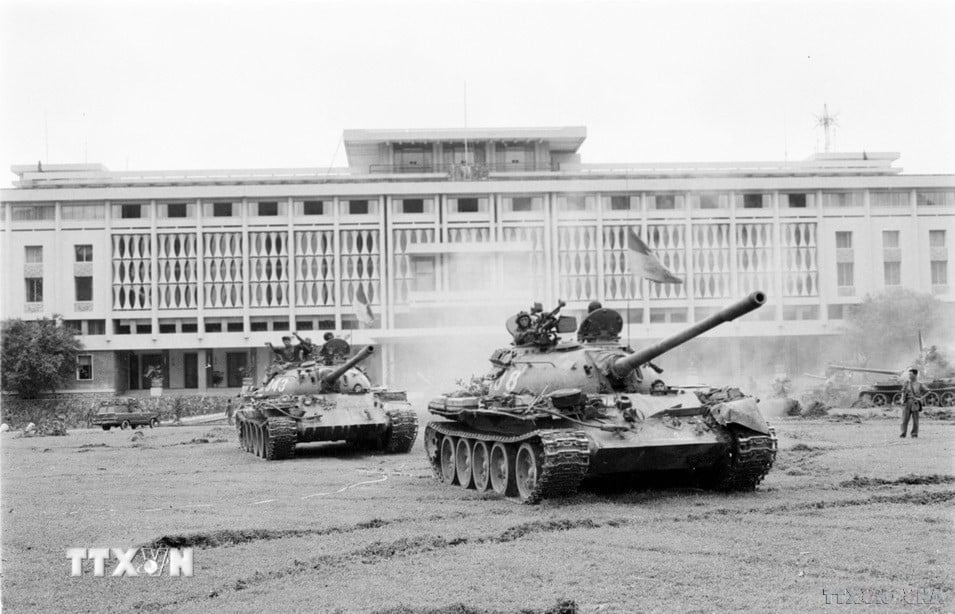
April 30, 1975 is not only a glorious milestone in the history of the Vietnamese nation but also a symbol of encouragement for the brave peoples to fight against old and new colonialism and regain national independence.
This is the opinion of Dr. Ruvislei González Sáez, one of the leading research experts on Vietnam in Latin America.
Dr. Ruvislei González Sáez, senior researcher at the Cuban Center for International Policy Studies (CIPI), author of the book "Cuba-Vietnam: Two Nations, One History" introduced by the Truth National Political Publishing House, emphasized the dual meaning of the Victory Day of April 30, 1975 for Vietnam and the world.
The great victory of the spring of 1975, culminating in the historic Ho Chi Minh Campaign, demonstrated the perseverance and unyielding will of President Ho Chi Minh and the Vietnamese people. The day of total victory, which united a strip of country, was a resolute affirmation that there is only one Vietnam, and at the same time opened the path to socialism.
Cuban scholars assert that Vietnam is a beacon of hope for the world , a steel rampart preventing imperialism. Vietnam's victory is proof that a nation with a united determination cannot be divided.
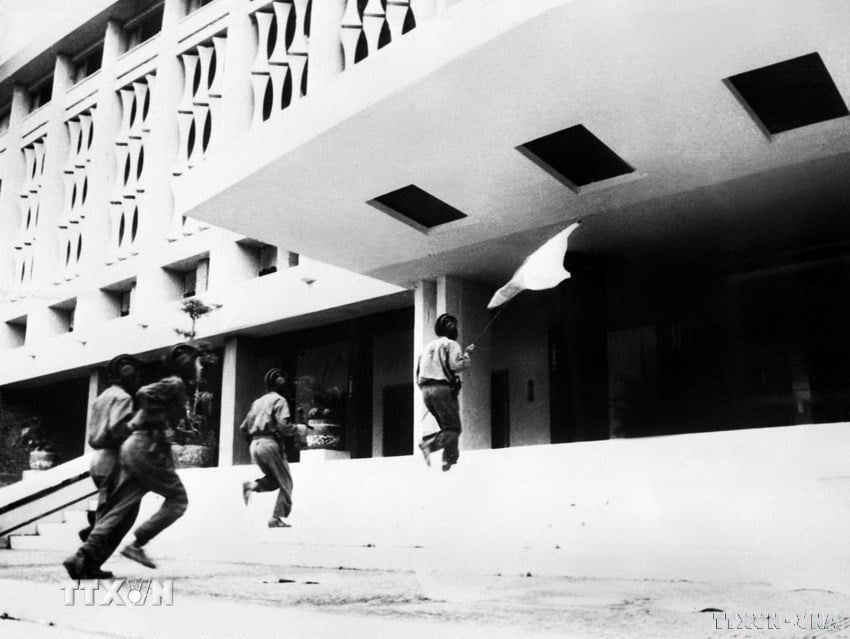
According to Dr. Ruvislei González Sáez, after reunification, Vietnam continued to face countless difficulties and challenges. The country literally rose from the ashes of war, as today there are still many unexploded bombs and mines and many areas of land that cannot be used due to potential risks.
The Cuban researcher pointed out that the Vietnamese Party and Government at that time made efforts to promote an economy focused on heavy industry in the North and a service economy in the South.
Thanks to the wise leadership of the Communist Party of Vietnam, the change in thinking suitable to new conditions, the liberation of productive forces, the elimination of dogmatism and the priority of people and the goal of improving life, Vietnam has transformed from one of the 15 poorest countries in the world in 1980-1981 to one of the 15 most dynamic countries today, with the highest growth rate and the goal of becoming a developed country by 2045.
Dr. Ruvislei González Sáez highlighted Vietnam’s achievements in all areas of socio-economic life. Increased educational attainment, improved quality of services, technological advancement and innovation are placing Vietnam in a prominent position and certainly one of the newest Asian tigers, although many challenges lie ahead.
Mr. Ruvislei González Sáez believes that Vietnam's practical experience and foreign policy are lessons for the world, especially in the context of today's complex international relations. With the stance of "being friends with all countries," Vietnam is not only an example for the countries of the Southern Hemisphere but also for the major powers.
Vietnam's successful international integration process cannot fail to mention the bamboo diplomacy and the establishment of the four no's defense strategy: not participating in military alliances; not allying with one country to fight another; not allowing foreign countries to set up military bases or use territory to fight against other countries; not using force or threatening to use force in international relations.
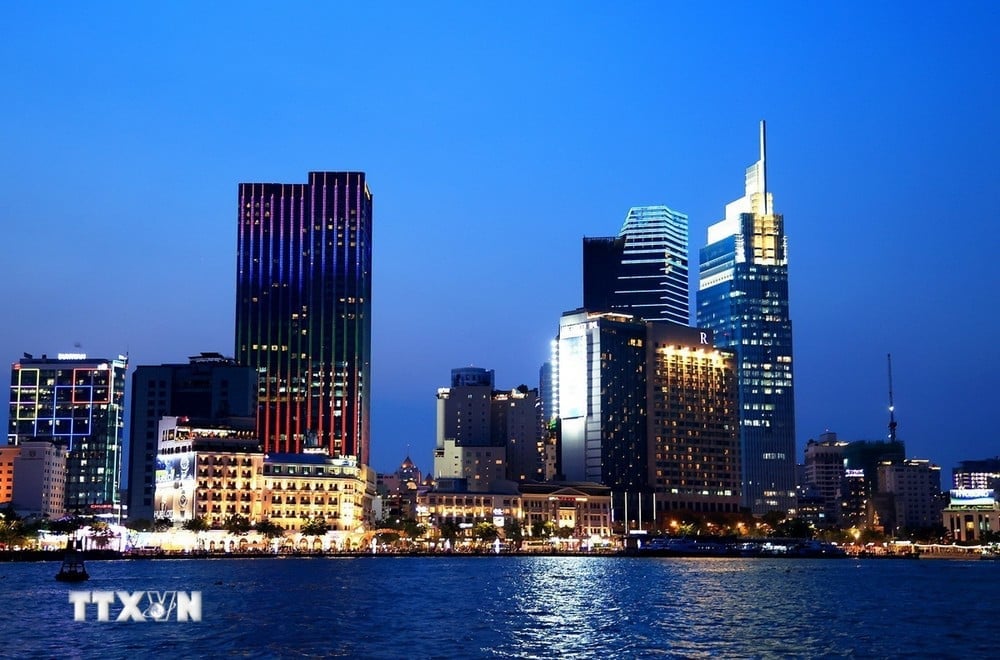
Unification, peace and stability have transformed Vietnam from a country receiving international aid to a country that, despite difficulties, can still support other countries, from a country receiving net foreign investment to a country that has begun to invest abroad and has the ability to compete.
Expert Ruvislei González Sáez, currently also Vice President of the Cuba-Vietnam Friendship Association, highlighted the growing ties between Vietnam and Latin America and the Caribbean in general, as well as between Vietnam and Cuba in particular, on the basis of special historical relations.
International policy researchers assess that bilateral cooperation still has a lot of room and both sides need to be more active to achieve concrete cooperation results, not only in trade and investment, but also in the fields of culture, education, science and innovation, agriculture, and many other fields.
Cuban scholars believe that with its rich culture and identity, the country of warriors who fought and defeated many world powers will continue to strengthen national unity and move forward on the path of building a new society.
TB (according to VNA)Source








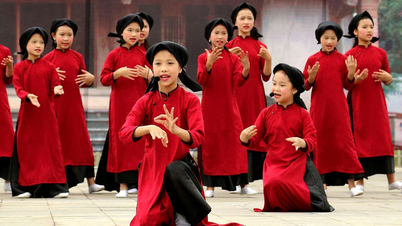

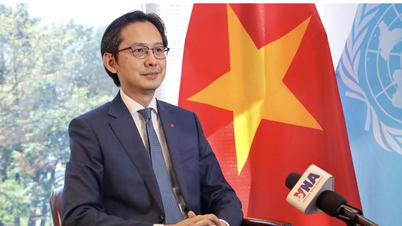

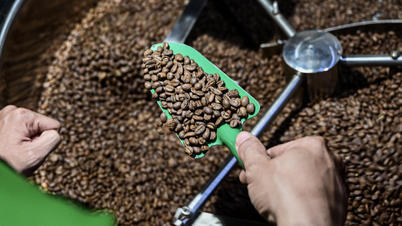

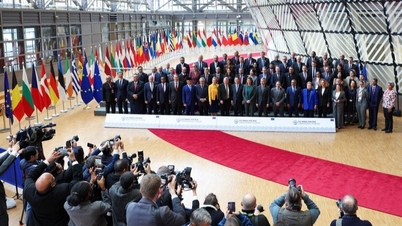

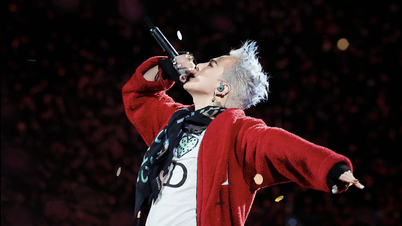

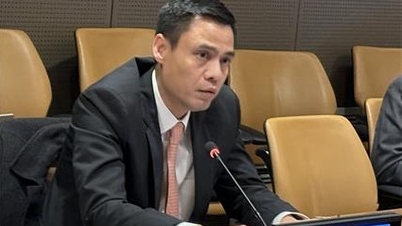
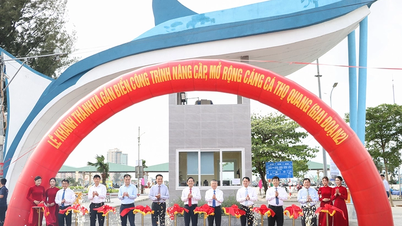





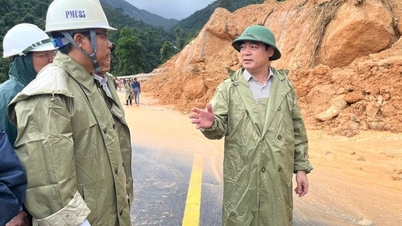

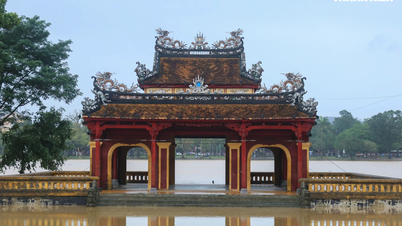



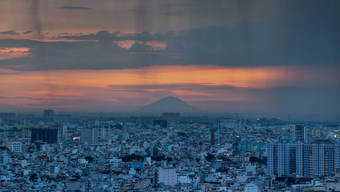
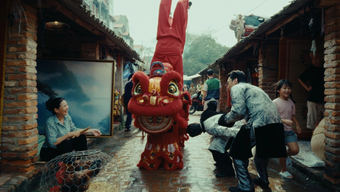
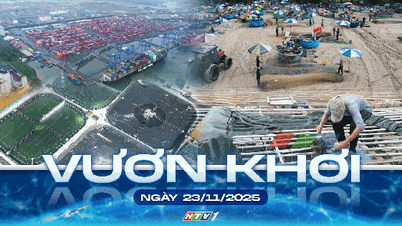
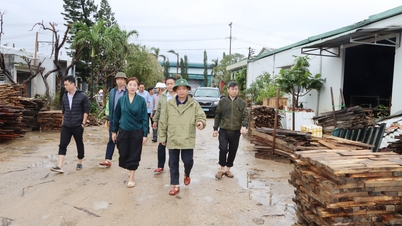
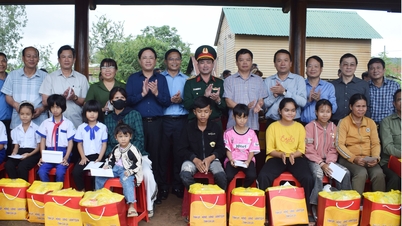
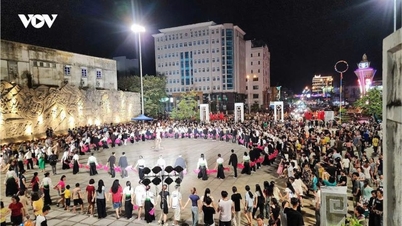
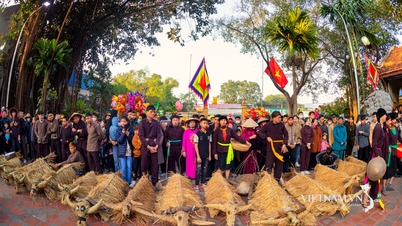


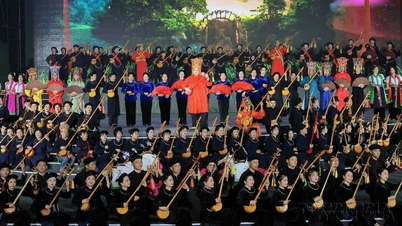

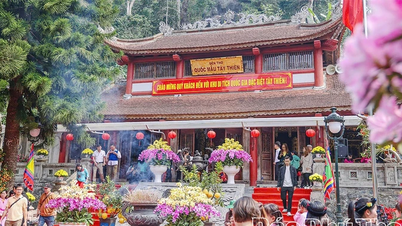

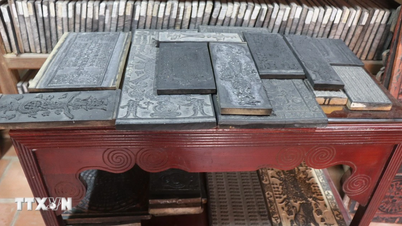
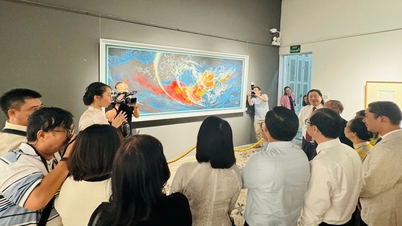

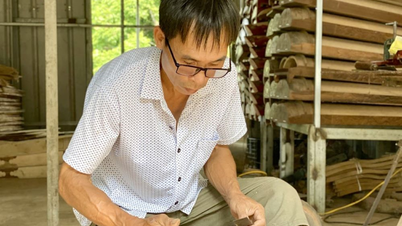
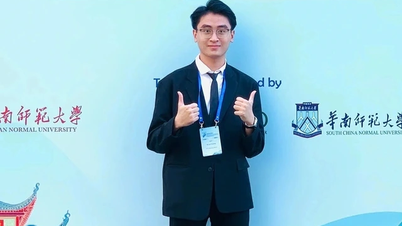
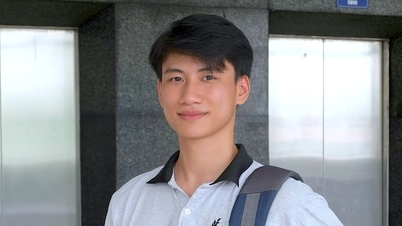
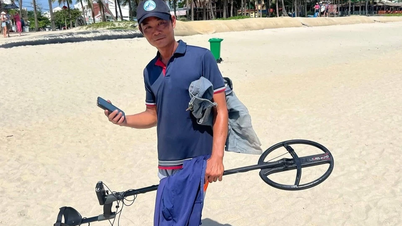

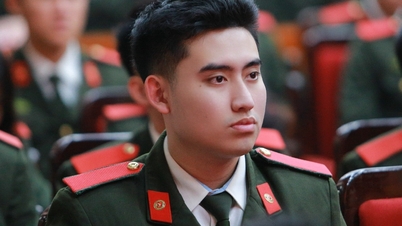
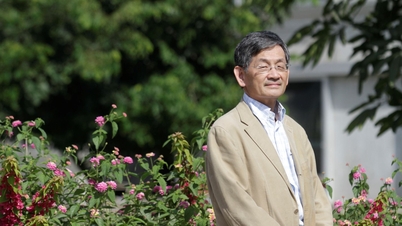
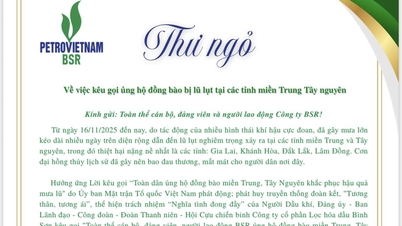
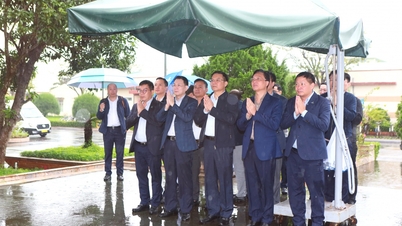
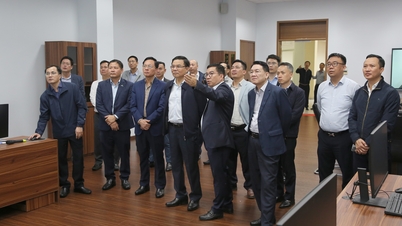
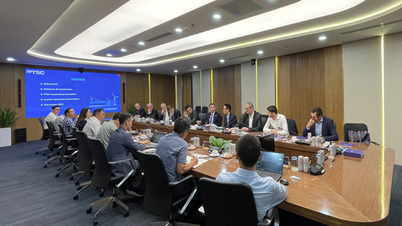
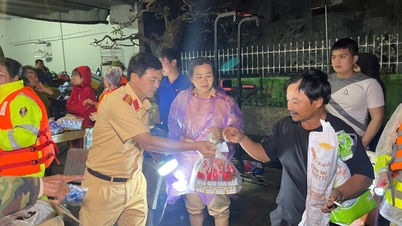





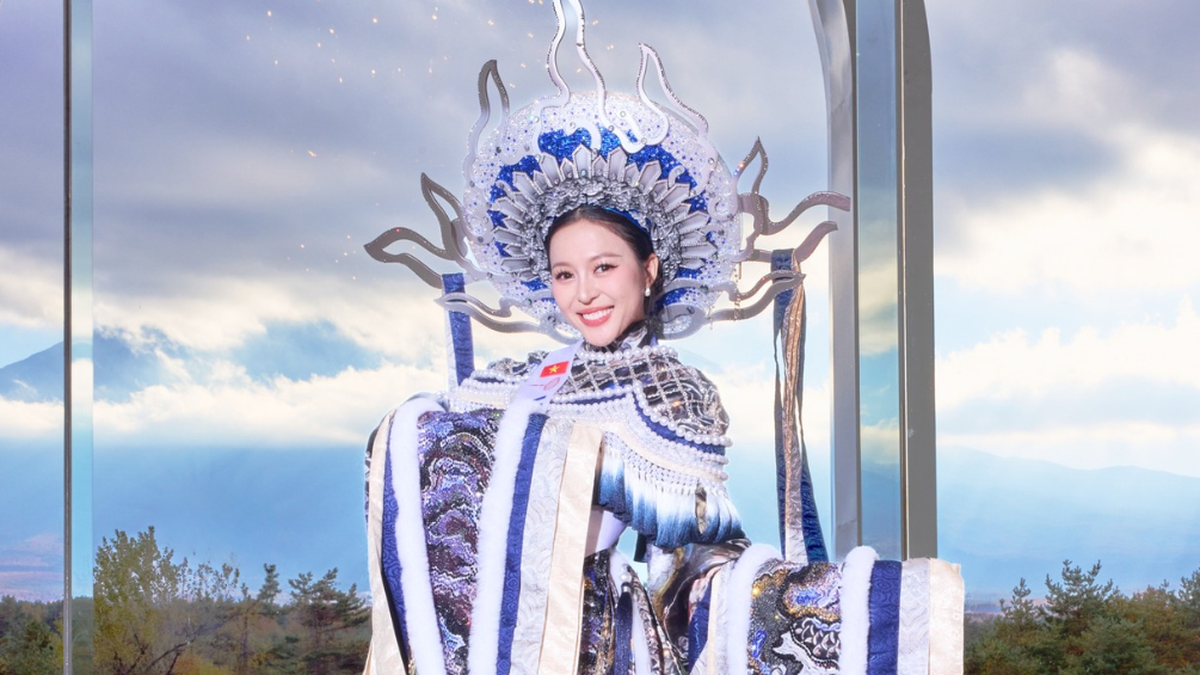
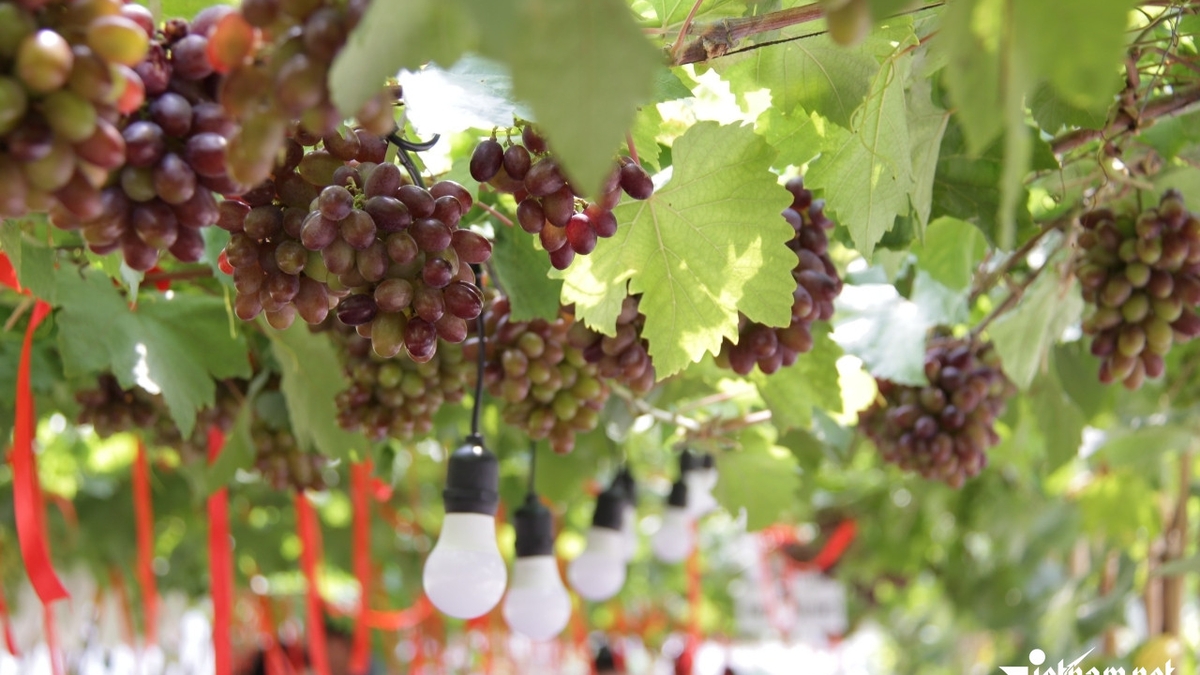

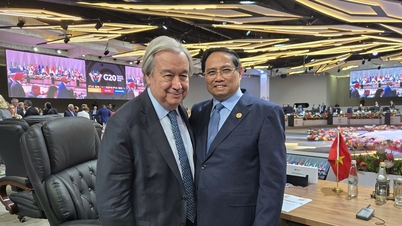
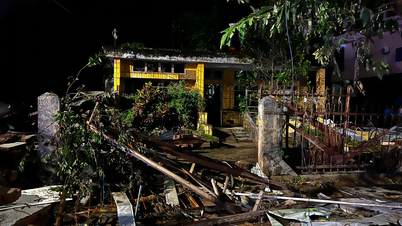
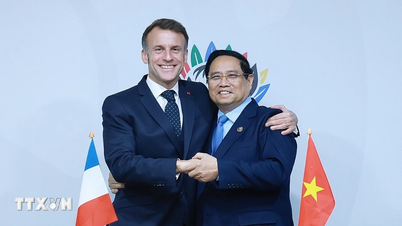
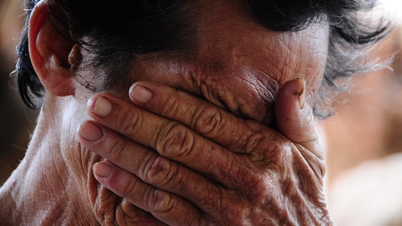
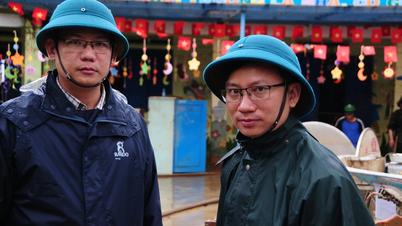
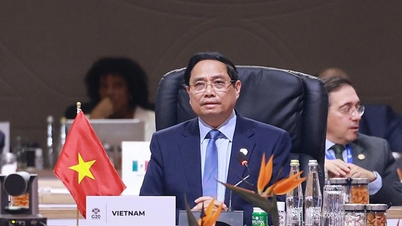
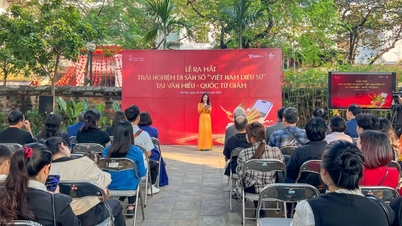

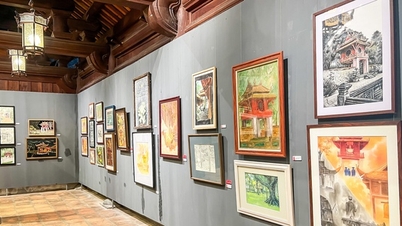
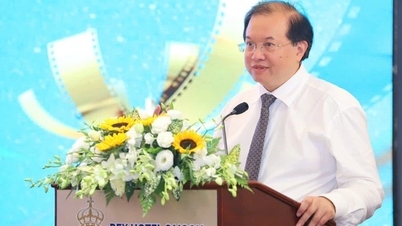
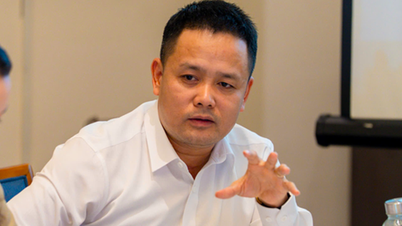
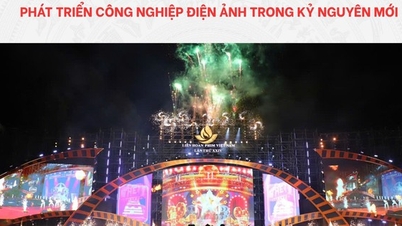
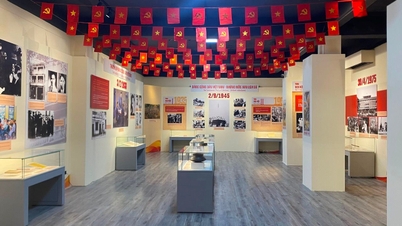

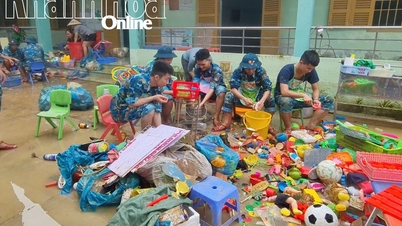

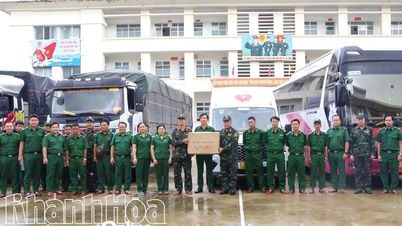

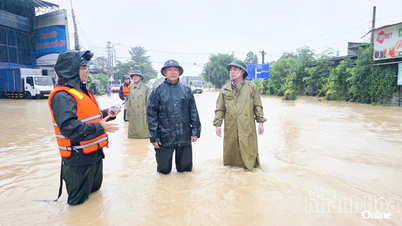
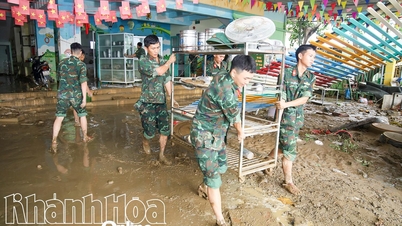
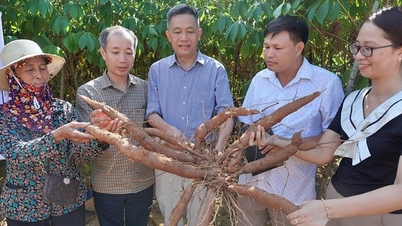


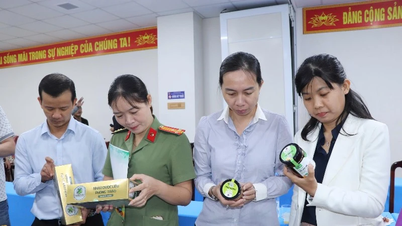
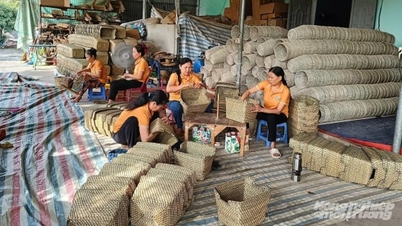

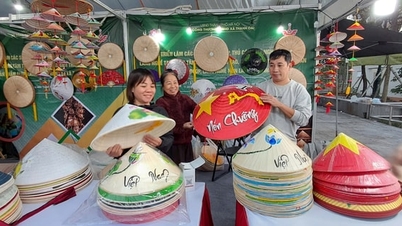

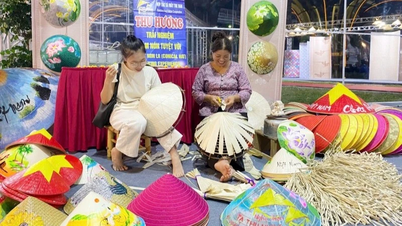



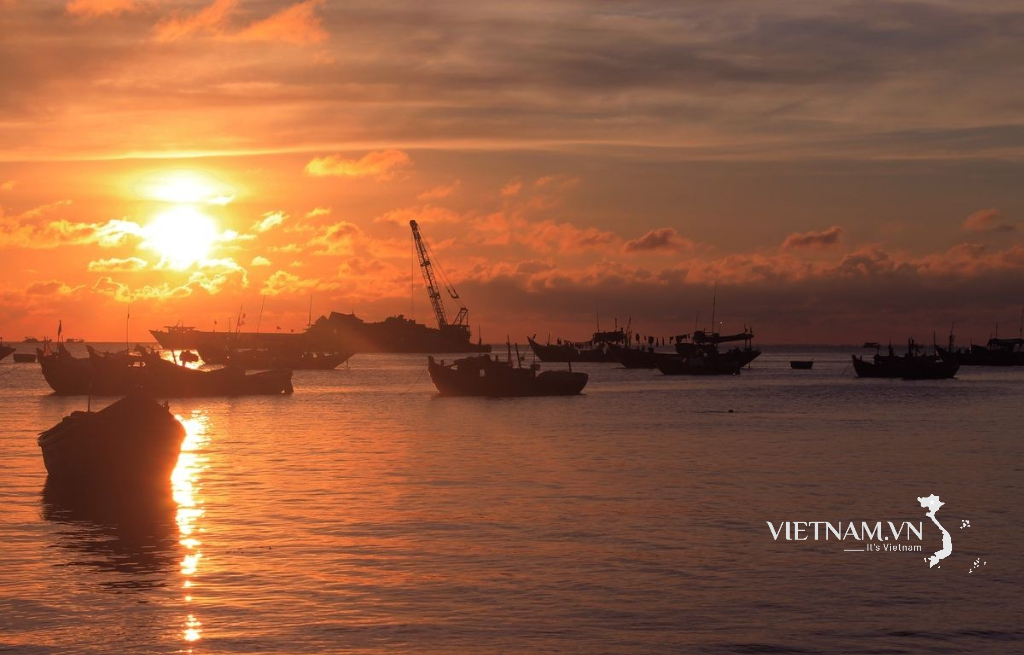

Comment (0)